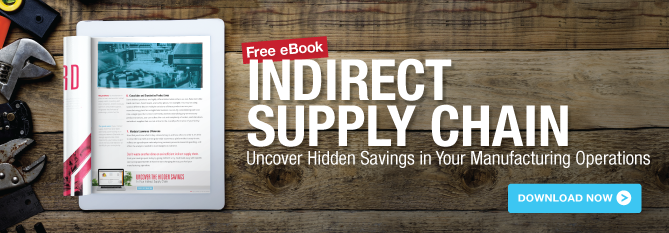Implementing sustainable supply chain practices is an essential part of cultivating a business for the twenty-first century. But a greener supply chain isn’t just good for the environment; it can also save time, space, and money while improving PR and customer relations. Of course, this process can be overwhelming. Transitioning to more sustainable strategies can have upfront costs and require some getting used to, but one of the easiest ways to embark unto greener pastures is to start by simply going paperless.
Going paperless has immediate effects at the bank and in the office. In an almost exclusively digital age, paper is not just obsolete; it’s also a nuisance to clients, customers, and employees alike. If you’re aiming to achieve a sustainable supply chain, here are three technologies and tactics to start with:
1. Stop Printing, Signing, and Scanning
In the age of pin numbers, chips, and digital correspondence signatures already have become little more than a formality. The process of downloading a document, printing it out, signing it, scanning it, uploading it, and forwarding it along is indeed a process. It wastes paper, ink, and employees’ time, which makes it a no go in a sustainable supply chain. While one could argue it only takes a few minutes, these minutes add up over time -- and that is without taking into consideration a printer’s temperamental nature.
Using an e-signature can save time, especially if the signatory is remote, traveling, or just difficult to get ahold of. It also saves space by keeping the documents in an online portal, rather than taking up space in a filing cabinet.
2. Offer an Online Ordering System
Electronic procurement automates the process of purchasing goods and services through an online platform. E-procurement systems can streamline the process, cutting down on the transaction time and human error. Consumers can browse an online catalogue and order goods and services with just a click of button. No longer are businesses bound by office hours or human cashiers. Confirmations are sent automatically and maintained for business and consumers’ records. Transactions can take place online, monitored digitally, and accessed anytime. In 2017, this is the expectation among consumers.
3. Electronic Document Management System
Transitioning from paper to digital can be an overwhelming task for businesses. Rather than avoiding the transition or simply keeping a separate system, using an electronic document management system (EDMS) can kick start the process. An EDMS can help digitize the physical documents, putting them into digital cloud-based storage space, where employees can access the documents when they need from wherever they are.
In addition, digitizing paper records can help employees transition to an exclusively electronic process. With paper no longer an option, management can redesign the workflow to fit the new digital process. Move documents online makes space in the office, saves money, and sets up the office for a paperless future.
Internet solutions and technologies have advanced to make a sustainable supply chain a possibility, while also having a positive affect on the bottom line. Going green though isn’t just about thinking consciously about a business's footprint, it’s also about making a business sustainable for the future.

About Michael Wilson
Michael Wilson is AFFLINK'S Vice President of Marketing and Communications. He has been with the organization since 2005 and provides strategic leadership for the entire supply chain team. In his free time, Michael enjoys working with the Wounded Warrior Project, fishing, and improving his cooking skills.






